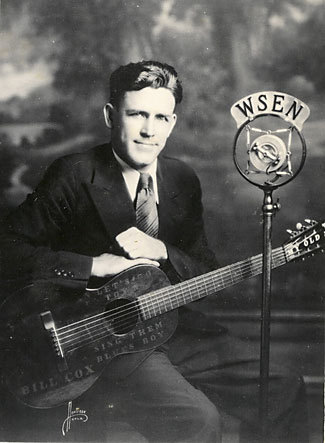There, on October 21, 1929, in a makeshift studio set up in a former cream separator station, Wade and Braswell waxed two vocal duets for Columbia’s “Familiar Tunes, Old and New” series:
Think a Little, a rather secular admonition to uphold the biblical Golden Rule, and When We Go A Courtin’, a comical cautionary tale about the hazards of courting (text taken from Gastonia Gallop's Artist Gallery).
Braswell's harmonica playing is extremely powerful and creative, remarkably close to Gwen Foster's style, employing lots of blowbends and upper octave tongue trills in 1st position on a G. Unfortunately these two cuts appear to be his only known recordings. However he remains to be an important part in the legacy of great Carolina harp players.
Francum Braswell & George Wade - "Think a Little"
Francum Braswell & George Wade - "When You Go A'Courtin"
Enjoy, folks!
maz






